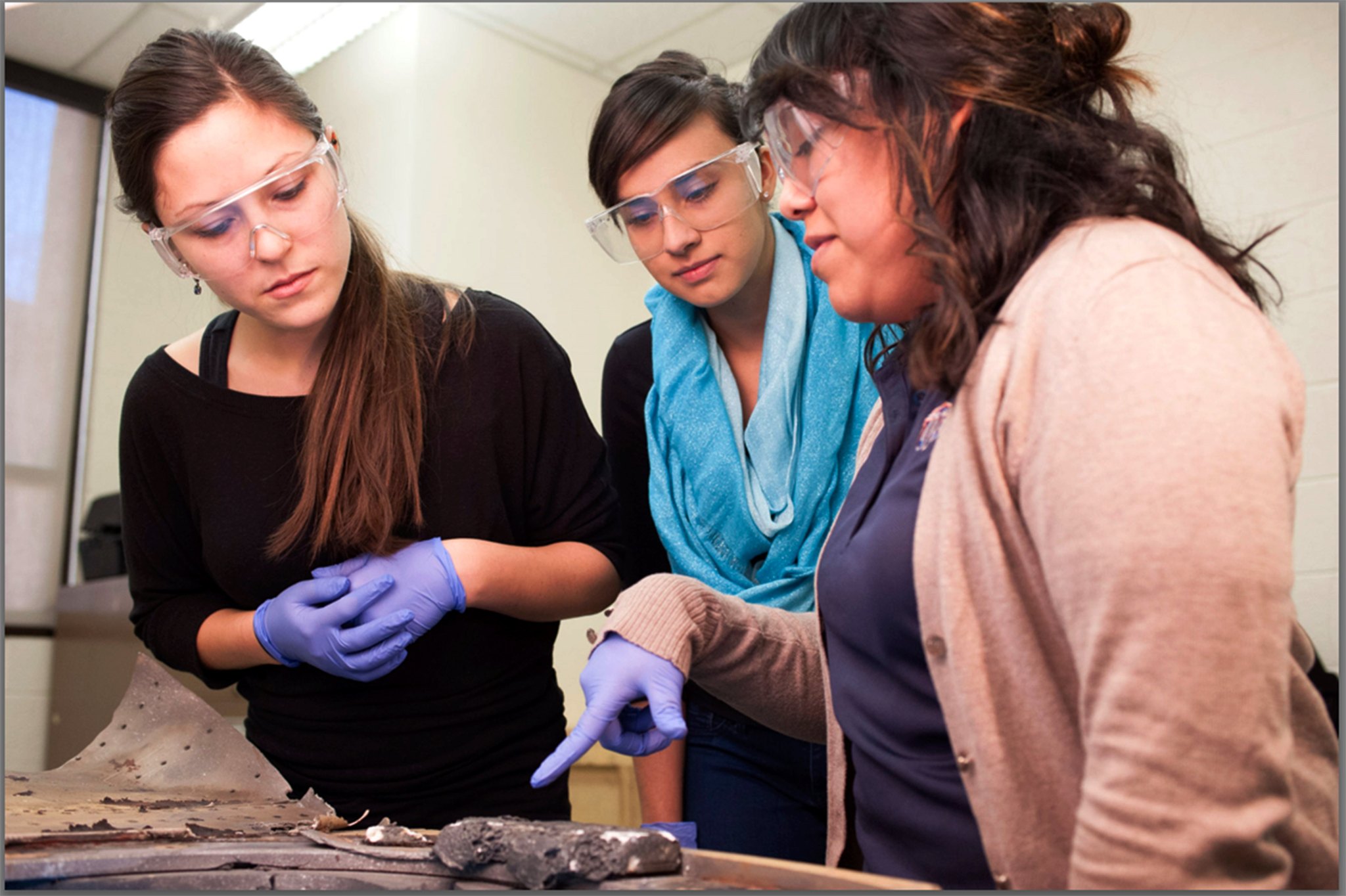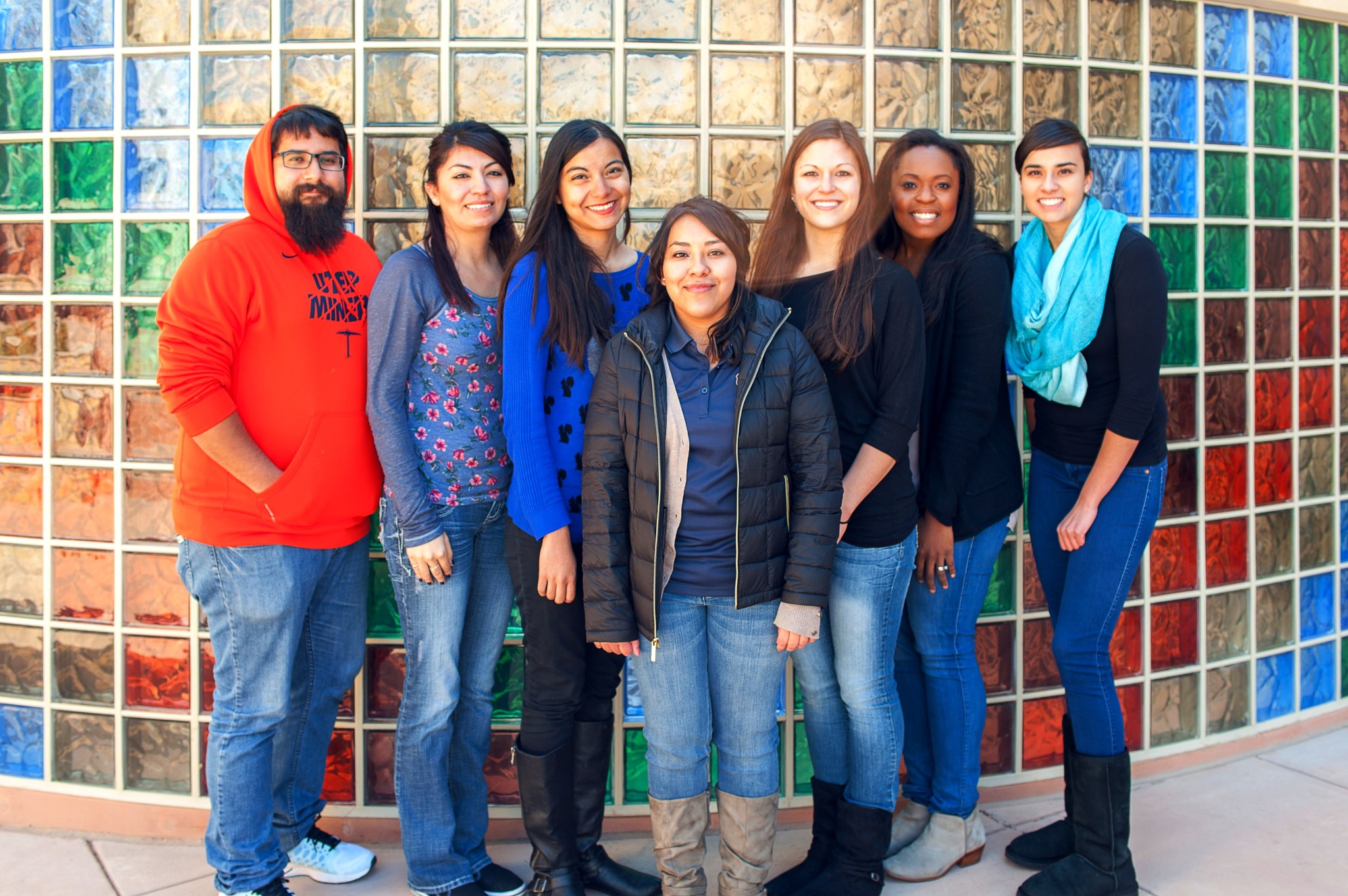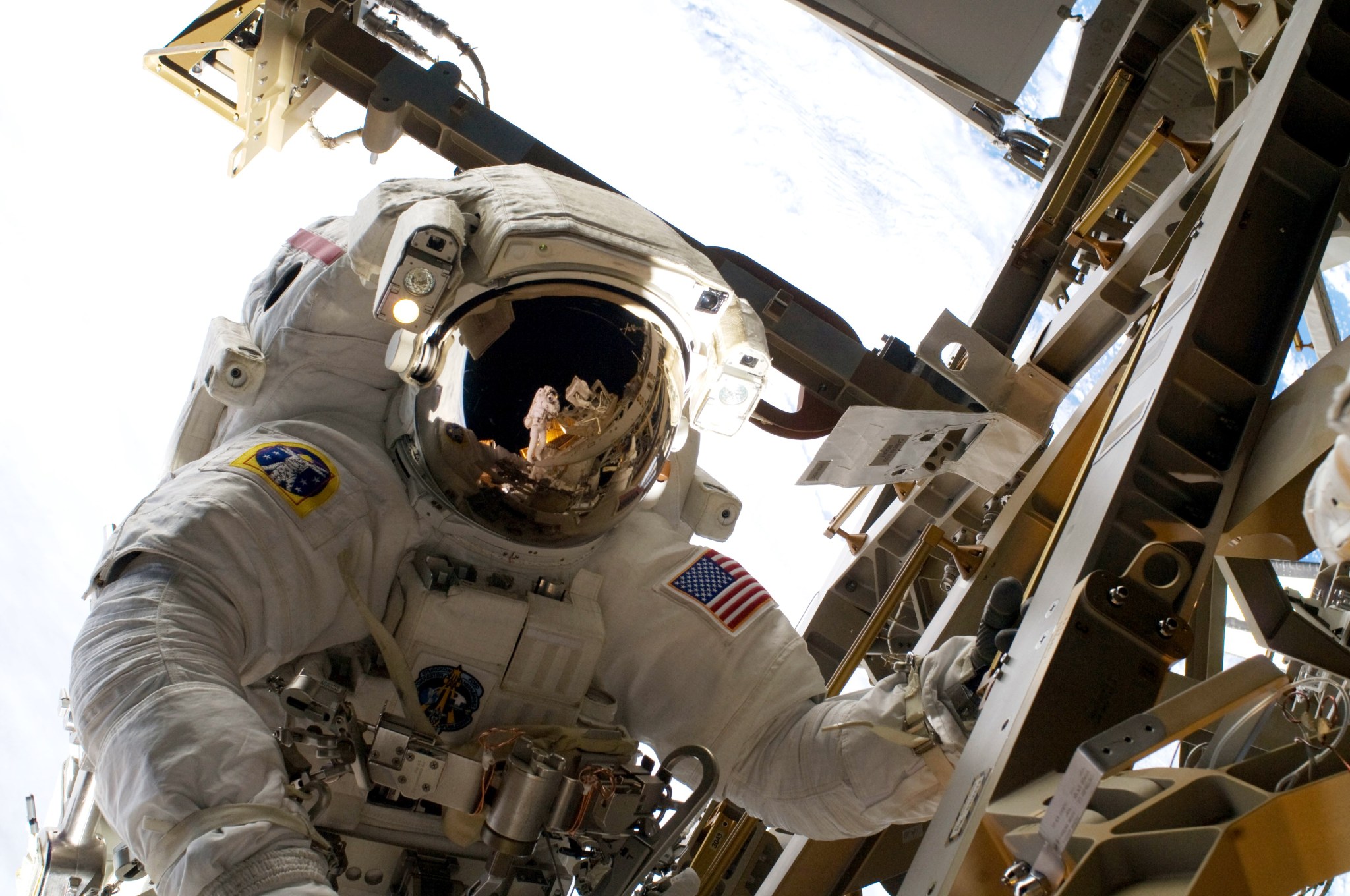Students from the University of Texas at El Paso (UTEP) are collaborating with NASA engineers at the Kennedy Space Center in Florida in an effort to use lessons learned from the past to design safer spacecraft for the future.
The graduate and undergraduate researchers are part of UTEP’s Center for the Advancement of Space Safety and Mission Assurance Research (CASSMAR). The multidisciplinary research group has focused on risk-reduction research to make spaceflight reliable and successful.
Former NASA astronaut and UTEP alumnus John “Danny” Olivas, Ph.D., is now the university’s director of space initiatives and also leads CASSMAR.

According to Olivas, development of spacecraft such as Orion, those that are a part of the Commercial Crew Program and vehicles now on the drawing board, provide opportunities for fresh ideas on design with a focus on crew safety.
“The United States is at the dawn of a new era of space exploration, so I am thrilled about this development,” said Olivas, who earned his bachelor’s degree in mechanical engineering from UTEP in 1989. “The University has the right people and the right facilities and capabilities to do this work.”
Olivas was awarded his doctorate in mechanical engineering and materials science from Rice University in 1996. He flew on two space shuttle missions, STS-117 in June 2007 and STS-128 in August and September 2009.
Throughout its history, NASA has continued ongoing efforts to make crew safety a paramount focus incorporating experiences from the past. This is especially true in developing Onion and the agency’s work with its industry partners in designing spacecraft for the Commercial Crew Program (CCP).
NASA’s Orion spacecraft is designed to expand human presence in deep space and enable exploration of new destinations in the solar system. It will take crews farther than they’ve ever gone before, enabling missions to asteroids and, eventually, to Mars.
Under CCP, Boeing and SpaceX are developing spacecraft to transport astronauts to the International Space Station from U.S. soil.
Last summer, the UTEP students traveled to Kennedy to work with engineers at the Florida spaceport.
“We had the opportunity to host the group from the University of Texas at El Paso,” said Clara Wright, a NASA materials engineer in Kennedy’s Engineering and Technology Directorate. “They are examining debris from the space shuttle Columbia in order to learn about material behavior during re-entry in hopes of making more reliable vehicle designs. It is a continuation of the Johnson Space Center-led Columbia Crew Survival Investigation that we at Kennedy supported.”
During their visit to Kennedy last August, the UTEP students met with NASA engineers such as Wright, toured materials engineering laboratories, saw the Orion spacecraft being prepared for its flight in December, and examined the space shuttle Atlantis.
As part of UTEP’s new research focus, NASA’s Columbia Research and Preservation Office at Kennedy has loaned the university several debris pieces from the shuttle that was lost along with its crew in 2003. Faculty and students will initially focus on previously unstudied materials-behavior issues that have been observed in the specimens.
Late last year, Matt Garcia earned a bachelor’s degree in metallurgical and materials engineering at UTEP. Now a graduate student, he believes much can be learned from studying pieces of the debris.
“Each piece has a story to tell,” Garcia said. “Different materials responded to the stresses of spaceflight in a different manner. We want to understand what provides the greatest strength against the unyielding forces of spaceflight and what materials provide the most robust capabilities for spaceships of the future.”

Ngozi Ochoa is working on a doctorate in the Material Science and Engineering Department at UTEP. Her research includes performing studies of the titanium, nickel and aluminum alloys in Columbia components to better understand material behavior during re-entry.
“We were able to identify surface compositions using X-ray fluorescence,” she said. “While no conclusions have yet been drawn, we determined areas of interest.”
“Each of the shuttle Columbia pieces we have contain significant and unstudied characteristics of the entry environment which will demonstrate the need for deeper investigation and understanding,” Olivas said. “Some of the very same materials are being used in the aerospace industry today. Engineers are designing spacecraft with limited knowledge of how these materials react in the re-entry environment. Our goal is to perform the necessary research to broaden knowledge for the entire spacefaring community.”
Brenda Arellano, a UTEP graduate research assistant who also is pursuing a Ph.D. in Materials Science and Engineering, says there were some surprises in their findings.
“For the most part our visual inspection focused on how different the material held up,” she said, “but we didn’t expect the extent of texturing and depositions on the materials caused by re-entry burns. Our future studies may need to focus on improvements in commonly used spacecraft materials such as titanium alloys in order to create a stronger spacecraft structure.”
Arellano says she hopes their research and the efforts of others lead to a better understanding of how various material withstand the extreme forces experienced in travel beyond Earth.
Experts at Kennedy are already working on better metal alloys. Wright is the principal investigator in a project called “SMASH,” for Shape Memory Alloy Self-Healing, a technology that creates metals that, when damaged, can repair themselves.
According to Garcia, making flight safety a paramount concern will always be the key to avoiding problems in flight.
“No matter how much effort we put into designing better spacecraft, there will always be risk,” he said. “Against the stresses of launch, flying beyond Earth and entering the atmosphere, the best vehicles can still be fragile. While we want to make sure we build the strongest, best spacecraft possible, attention to detail will always be crucial.”

“The UTEP CASSMAR group is going to be conducting the research for a few years so I think that it’s always a good story,” said Wright, “especially because they’re trying to use lessons learned from the Columbia accident as a way to make future spacecraft safer.”
Ochoa noted that she appreciates the experience working with engineers at Kennedy and the opportunity to study the Columbia debris.
“We are excited to be able to share our findings, hopefully making an impact, even if small, on future spaceflight developments,” she said.
Olivas believes the legacy of Columbia is really about learning.
“Researchers investigating her will learn what we can do to be safer in the future so that accidents like this do not happen again,” he said. “Students are going to have a unique opportunity to be a part of the leading edge of space exploration. These future space pioneers will be doing research in new fields that have never been fully explored for applicability to space environments.”
As executive director of CASSMAR at UTEP, Darren Cone also is pleased with the experience his students are receiving by collaborating with engineers at Kennedy.
“I’m really glad this effort is getting some attention, as we feel it is highly relevant to our country’s future in manned spaceflight,” he said.
“Spaceflight is a collaborative solution,” Olivas said. “As an astronaut, you don’t get to space on your own; you stand on the shoulders of giants who put you there.”




























